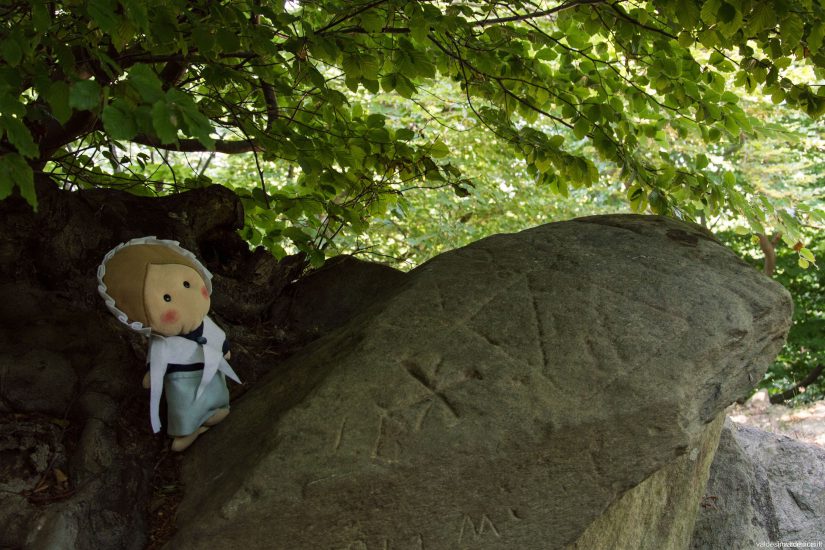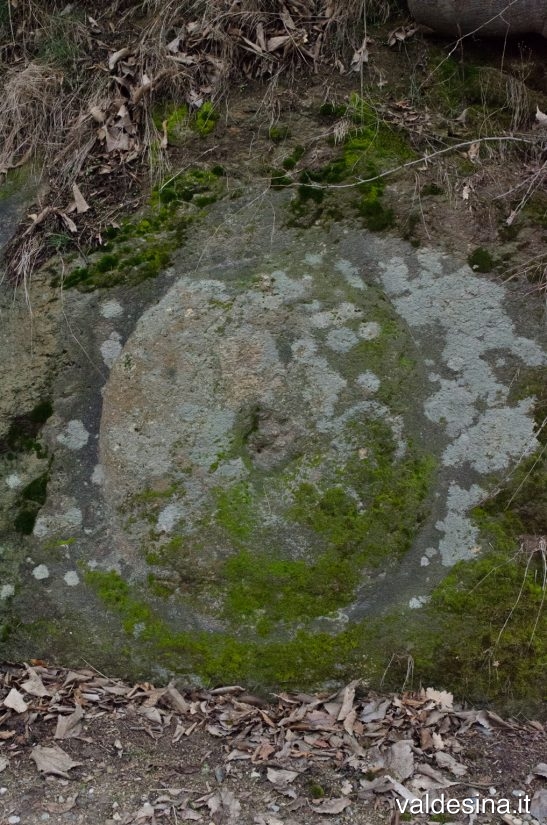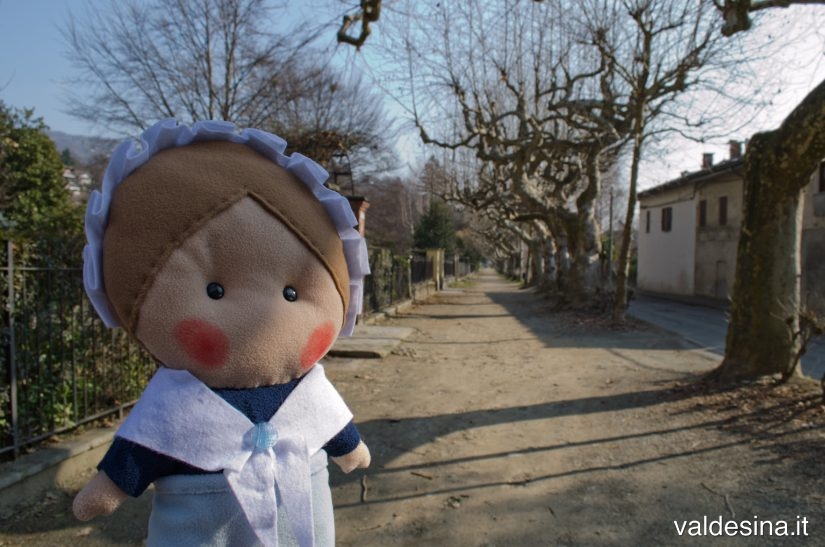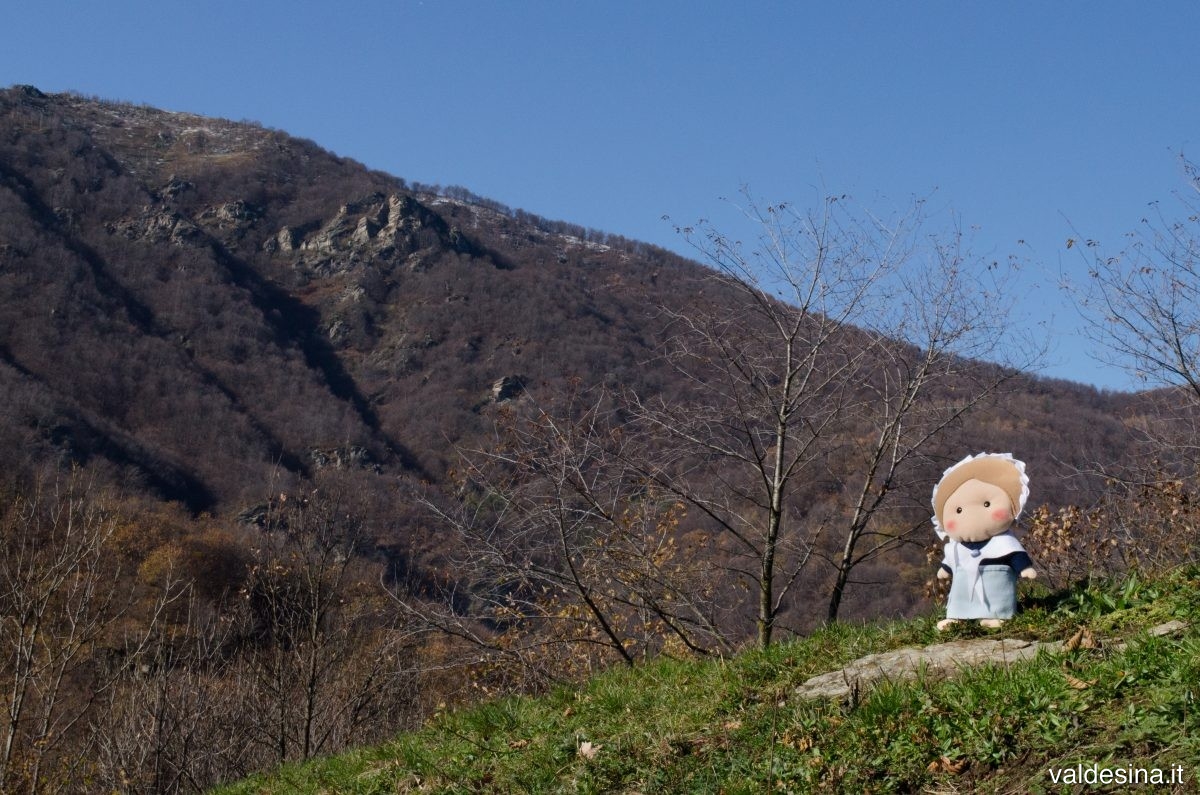Hello!
Today I want to take you for a walk more through times rather than through the Valleys, and I would like to tell you about ancient Europe, so much that it dates back to the Neolithic and the Copper Age (from 6500 to 3500 BC), when writing did not exist yet and most metals were not known.
We know that in that period Waldensian Valleys were already inhabited, or at least hung out, by an ancient community that left us as heritage many legends and – above all – engravings on rocks.

Some researchers believe that at that time there were flourishing cities very distant from each other, located near the rivers and without fortifications because it was a period of great peace. Artisans excelled in the production of ceramics, and the processing of known metals (gold, silver and copper) was destined for jewels and religious objects.
Population was probably devoted to a single female goddess and religion (interpreted as a relationship with nature) was at the center of daily life: the cycle of life, death and rebirth was celebrated in the image of the Goddess, a procreative force.

Thanks to the discovery and study of ancient burials we know that the society was peaceful and matrilineal, the role of men and women was equal since there is no difference among men’s and women’s graves. Moreover, dead people did not have a “funeral supply” to carry in the afterlife because conception of time was cyclical: tombs were oval, like eggs or anyway of comfortable shapes, and symbols of regeneration and of vivifying water were engraved on them (like cupels, concentric circles with a central point, concentric arches, twisting snakes, moon cycles).
It was thought that a barrier of water existed between this world and the other (which was believed to be at the west), which could be crossed by boats… And life after death was thought as pleasant and desirable.

The main theme of ancient religion was the mystery of birth and death, of the renewal of life not only of human beings but of all the earth and nature: without the fertility of earth, human beings’ life was in danger. Goddess’ signs were femininity, Moon, water… all elements found in legendary fantines (fairies).
But there are also animal symbols that have survived a little in all the valleys: the snake as a sign of vital energy, which coils can represent the sun, the moon or the eye. If venomous, it is a manifestation of the goddess of death… do you remember the legend of the Serpent Fairy?
The Goddess’ image is also associated with a bird or an aquatic bird… just like the mysterious beings of the legend of Lake Carrot in Prali.
The bear – instead – was recalled at the moment of childbirth (who knows why in the unconscious the of Toumpi remained a female bear and not a male bear?).
In the end, the sow was a representation of fertility… perhaps in its honor was depicted much, much more recently, the Vergin Mary with the pig?
If I intrigued you with these ancient suggestions, continue to follow my adventures: the valleys are full of engraved rocks waiting to tell us their stories!
Do you want to read the tale in Italian ?
